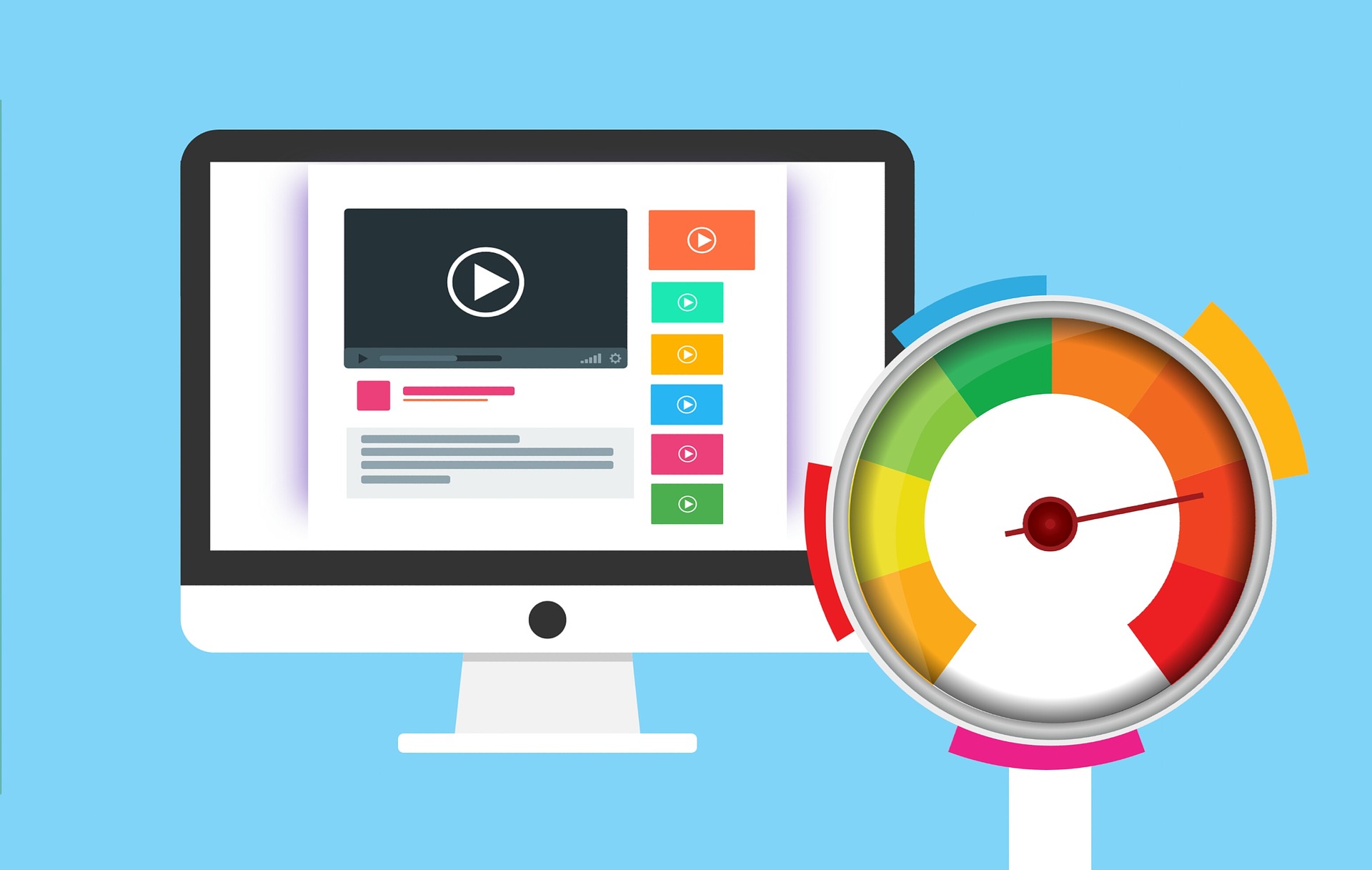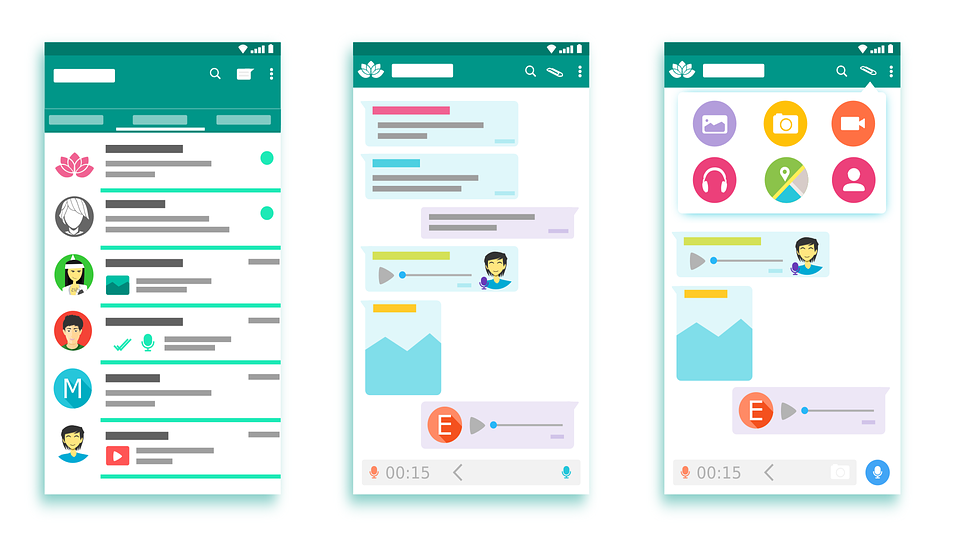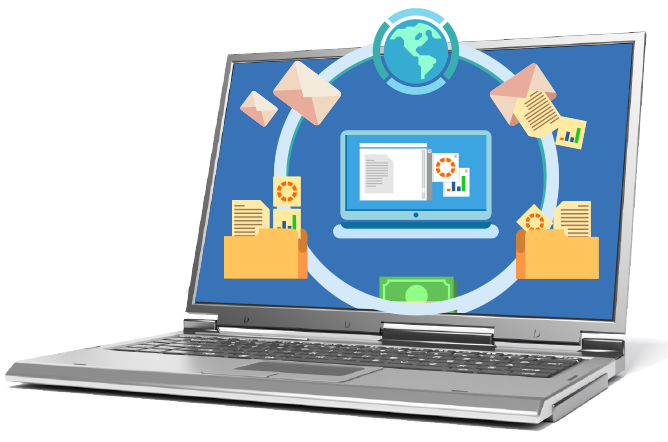Welcome to the future of software development. As we stand on the brink of 2024, the tech landscape is buzzing with innovations that promise to redefine how we build, deploy, and maintain applications. This year, from cutting-edge AI-driven tools to revolutionary methodologies that prioritize collaboration and efficiency, is poised to be a game-changer for developers everywhere. Whether you’re a seasoned coder or just starting your journey in tech, understanding these emerging trends and best practices will keep you ahead of the curve and ignite your passion for creating impactful software solutions.
Artificial Intelligence and Machine Learning Integration
 AI and machine learning (ML) have already significantly impacted software development, but in 2024, expect even more profound integration. AI tools are being used to assist in code generation, testing, and debugging, making the development process faster and more efficient. Developers can leverage AI-driven code suggestions, improving productivity and reducing the chance of errors. Moreover, AI and ML are enabling more intelligent systems. From predictive analytics to natural language processing (NLP), AI opens up new opportunities for software that can learn, adapt, and respond in real-time.
AI and machine learning (ML) have already significantly impacted software development, but in 2024, expect even more profound integration. AI tools are being used to assist in code generation, testing, and debugging, making the development process faster and more efficient. Developers can leverage AI-driven code suggestions, improving productivity and reducing the chance of errors. Moreover, AI and ML are enabling more intelligent systems. From predictive analytics to natural language processing (NLP), AI opens up new opportunities for software that can learn, adapt, and respond in real-time.
If you haven’t started incorporating AI into your workflow, now’s the time to do it. St. Louis Software Dev Services can help you implement AI and ML into your development process, ensuring that you stay ahead of the curve.
Low-Code and No-Code Development
Another major trend in 2024 is the rise of low-code and no-code platforms. These tools allow developers and non-developers to create applications with minimal coding required. This democratization of development accelerates innovation, enabling businesses to prototype and deploy solutions without extensive technical expertise quickly. Low-code platforms are also empowering developers to speed up the development cycle. With built-in templates, drag-and-drop interfaces, and pre-built modules, developers can focus more on high-level design rather than repetitive coding tasks. This is particularly useful for building applications for mobile, web, or enterprise environments quickly and efficiently.
Cloud-Native Development and DevOps
Cloud-native development continues to dominate the software landscape. In 2024, cloud adoption will only increase, with businesses moving more of their infrastructure to cloud-based platforms. The benefits are clear: cloud-native apps are more scalable, flexible, and resilient, making them ideal for businesses looking to grow and innovate at speed. DevOps practices are becoming a standard part of the development process. DevOps helps bridge the gap between software development and IT operations, fostering collaboration, automation, and faster software delivery. By 2024, expect DevOps to become even more ingrained in the development process, emphasizing continuous integration and continuous delivery (CI/CD) pipelines.
Cybersecurity and Privacy-Focused Development
With the increase in digital transformation, cybersecurity is more important than ever. In 2024, developers must prioritize building secure software from the ground up. As cyber threats evolve, there will be a stronger push toward incorporating security practices directly into the development lifecycle, often called DevSecOps. Privacy concerns are also at the forefront. Regulations like GDPR and CCPA push businesses to be more transparent and cautious with user data. Developers must integrate privacy features into their applications by default, ensuring that users’ information is protected and handled carefully.
Quantum Computing (Not So Far Away)
While quantum computing might still seem like science fiction, it’s slowly making its way into software development. In 2024, we can expect quantum computing to begin significantly impacting industries like cryptography, AI, and data analysis. While it’s still in the early stages, quantum algorithms are already being developed, and software developers will need to start thinking about how to prepare for this emerging technology. Though widespread use of quantum computing is a few years away, staying informed about its potential applications and implications for software development will give you a head start.
Edge Computing and IoT Growth
Edge computing, which involves processing data closer to where it’s generated (such as on IoT devices), will continue to grow in 2024. As the Internet of Things (IoT) expands, more devices will generate vast …

















 Virtual Reality has revolutionized how we interact with technology, and Android devices have been at the forefront of this innovation. With VR headsets becoming more accessible and affordable, it’s no surprise that Android users have enjoyed an immersive experience like never before. One of the biggest advantages of using an Android device for virtual Reality is that many apps and games are available on Google Play Store specifically designed for VR.
Virtual Reality has revolutionized how we interact with technology, and Android devices have been at the forefront of this innovation. With VR headsets becoming more accessible and affordable, it’s no surprise that Android users have enjoyed an immersive experience like never before. One of the biggest advantages of using an Android device for virtual Reality is that many apps and games are available on Google Play Store specifically designed for VR.

 Let’s explore some of the most critical factors affecting your WordPress hosting performance and how you can optimize them for a lightning-fast website:
Let’s explore some of the most critical factors affecting your WordPress hosting performance and how you can optimize them for a lightning-fast website:

 Smart cameras are one of the most advanced gadgets to improve your smart home security in 2023. These cameras offer high-quality video footage and can be accessed remotely through a smartphone app, making it easier for homeowners to monitor their homes from anywhere at any time. The latest smart cameras come equipped with motion detection sensors that can detect movement and trigger an alert on your phone. This feature allows you to keep track of your family members’ movements and quickly respond if suspicious activity occurs.
Smart cameras are one of the most advanced gadgets to improve your smart home security in 2023. These cameras offer high-quality video footage and can be accessed remotely through a smartphone app, making it easier for homeowners to monitor their homes from anywhere at any time. The latest smart cameras come equipped with motion detection sensors that can detect movement and trigger an alert on your phone. This feature allows you to keep track of your family members’ movements and quickly respond if suspicious activity occurs.
 When choosing a cellular security camera, make sure to consider how well it sees in the dark. Cameras with infrared night vision can see in the dark much better than those without it. This is an essential feature if you want to be able to monitor your property at all hours of the day and night. Having this feature will give you peace of mind knowing that no matter what time it is, you’ll be able to see what’s going on.
When choosing a cellular security camera, make sure to consider how well it sees in the dark. Cameras with infrared night vision can see in the dark much better than those without it. This is an essential feature if you want to be able to monitor your property at all hours of the day and night. Having this feature will give you peace of mind knowing that no matter what time it is, you’ll be able to see what’s going on.
 The ecobee SmartCamera is a great home security gadget. It has 1080p HD video quality, night vision, and two-way talk capabilities. It also has motion and sound detection to be alerted to any activity in your home. The
The ecobee SmartCamera is a great home security gadget. It has 1080p HD video quality, night vision, and two-way talk capabilities. It also has motion and sound detection to be alerted to any activity in your home. The  The Netatmo Smart Indoor Siren is a great gadget to have if you’re looking for an extra layer of security for your home. This device emits a loud, 110-decibel siren to deter intruders and alert your family to potential danger. It also has a built-in battery backup to be sure it will work even if there’s a power outage. You can control the Netatmo Smart Indoor Siren using your smartphone, and it also integrates with other smart home devices like Nest and Philips Hue. This means you can set it to turn on your lights or send you an alert if your Nest camera detects suspicious activity.
The Netatmo Smart Indoor Siren is a great gadget to have if you’re looking for an extra layer of security for your home. This device emits a loud, 110-decibel siren to deter intruders and alert your family to potential danger. It also has a built-in battery backup to be sure it will work even if there’s a power outage. You can control the Netatmo Smart Indoor Siren using your smartphone, and it also integrates with other smart home devices like Nest and Philips Hue. This means you can set it to turn on your lights or send you an alert if your Nest camera detects suspicious activity. If you’re looking for a smart lock that will give you some peace of mind, the August Smart Lock is a great option. This device allows you to lock and unlock your door from anywhere, and it will even send you alerts if someone tries to break in.
If you’re looking for a smart lock that will give you some peace of mind, the August Smart Lock is a great option. This device allows you to lock and unlock your door from anywhere, and it will even send you alerts if someone tries to break in.
 Planning out the day becomes much easier when you know what kind of weather to expect, it helps you know what to do and what not to do on a particular day. If you had outdoor plans and the gadget shows a rainy day ahead it helps you replan the day and dress appropriately to save you some embarrassing moments.
Planning out the day becomes much easier when you know what kind of weather to expect, it helps you know what to do and what not to do on a particular day. If you had outdoor plans and the gadget shows a rainy day ahead it helps you replan the day and dress appropriately to save you some embarrassing moments.
 If you are a gamer, you will know that comfort tends to be an essential factor when playing games. You can imagine sitting or a long period in an uncomfortable chair. For most people to play games for a long time, it is crucial to be comfortable.
If you are a gamer, you will know that comfort tends to be an essential factor when playing games. You can imagine sitting or a long period in an uncomfortable chair. For most people to play games for a long time, it is crucial to be comfortable.
 To Enhance Security Against Burglars
To Enhance Security Against Burglars



 If you choose poor repair services, you bear the possibility of buying a new computer out of the risk you might place your computer into. Most computers fail due to delays in service. You should be wise enough to notice that the cost incurred to purchase a piece of new equipment is smaller compared to buying a new one. You need a well-maintained machine that is efficient and provides high-performance services. When choosing a computer technician, there are multiple things you need to consider. Here are some of the essential aspects to consider in a team that employs their professional tactics on your machine.
If you choose poor repair services, you bear the possibility of buying a new computer out of the risk you might place your computer into. Most computers fail due to delays in service. You should be wise enough to notice that the cost incurred to purchase a piece of new equipment is smaller compared to buying a new one. You need a well-maintained machine that is efficient and provides high-performance services. When choosing a computer technician, there are multiple things you need to consider. Here are some of the essential aspects to consider in a team that employs their professional tactics on your machine. to malfunctions and viruses. Experienced computer technicians can recover all the data by tracking information. Data-tracking is very sensitive, so you should work with a highly qualified company. If a file is accidentally lost when moving to a new machine, Cornwall computer repair services can restore and recover the data.…
to malfunctions and viruses. Experienced computer technicians can recover all the data by tracking information. Data-tracking is very sensitive, so you should work with a highly qualified company. If a file is accidentally lost when moving to a new machine, Cornwall computer repair services can restore and recover the data.…
 Smart buyers are the ones who base their quest on what they need rather than going for something based on their outer appearance. The same thing applies when one needs to buy a pair of earbuds. Specifications are what they look into first before deciding to move on to the other aspects. Standard specifications of earbuds usually consist of impedance, sensitivity, frequency response, and drivers. It is vital to check all these specifications before paying, especially if you are quite a sensitive listener.
Smart buyers are the ones who base their quest on what they need rather than going for something based on their outer appearance. The same thing applies when one needs to buy a pair of earbuds. Specifications are what they look into first before deciding to move on to the other aspects. Standard specifications of earbuds usually consist of impedance, sensitivity, frequency response, and drivers. It is vital to check all these specifications before paying, especially if you are quite a sensitive listener.

 One of the most natural things that you can do to find out about which one is the best is to ask around and find out for yourself. The internet is always an option. You can look at reviews of the multiple services that are available and make your decision based on their opinions. You can also ask your family members, friends, colleague, and neighbors for recommendations.…
One of the most natural things that you can do to find out about which one is the best is to ask around and find out for yourself. The internet is always an option. You can look at reviews of the multiple services that are available and make your decision based on their opinions. You can also ask your family members, friends, colleague, and neighbors for recommendations.…



 Android phones are easy to use due to the presence of the google play store. With google play store it is easy to download all the application that you want. The best thing with the google play store is that most of the applications are free.
Android phones are easy to use due to the presence of the google play store. With google play store it is easy to download all the application that you want. The best thing with the google play store is that most of the applications are free.

 Introducing new software in your business is not always easy. Sometimes you will be required to do some employee training. Your employees need to know how to use the software.
Introducing new software in your business is not always easy. Sometimes you will be required to do some employee training. Your employees need to know how to use the software.